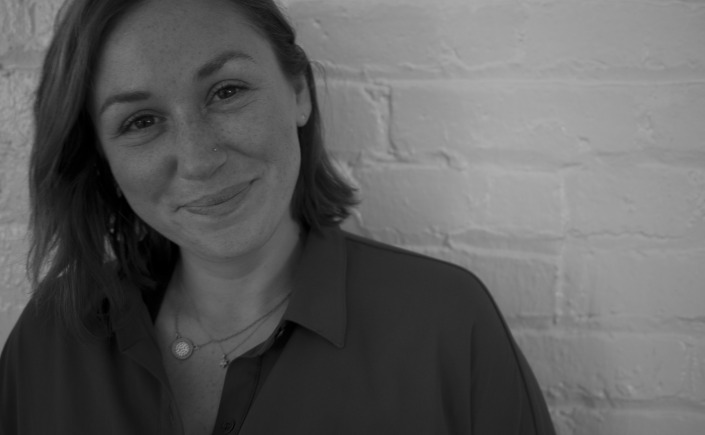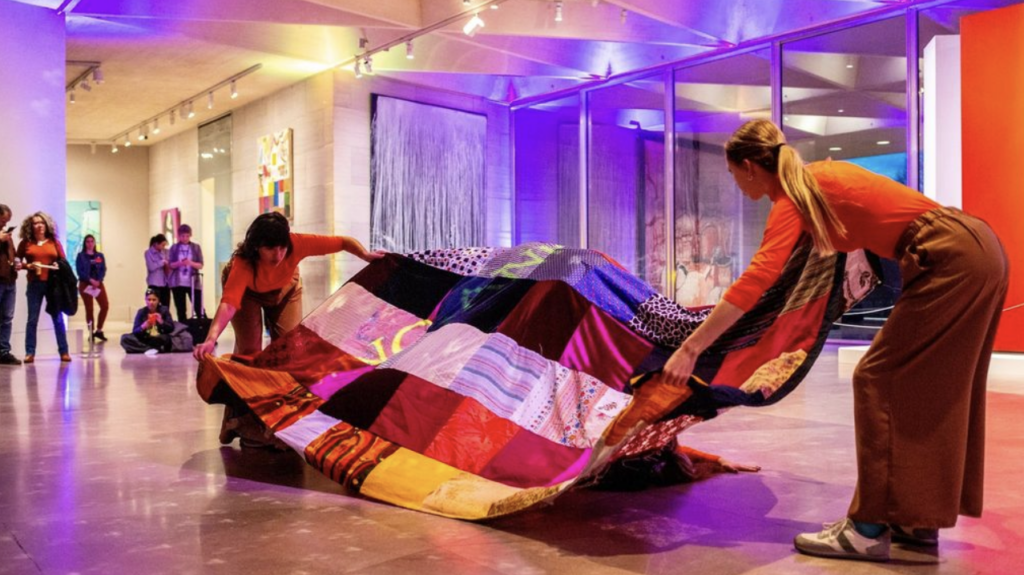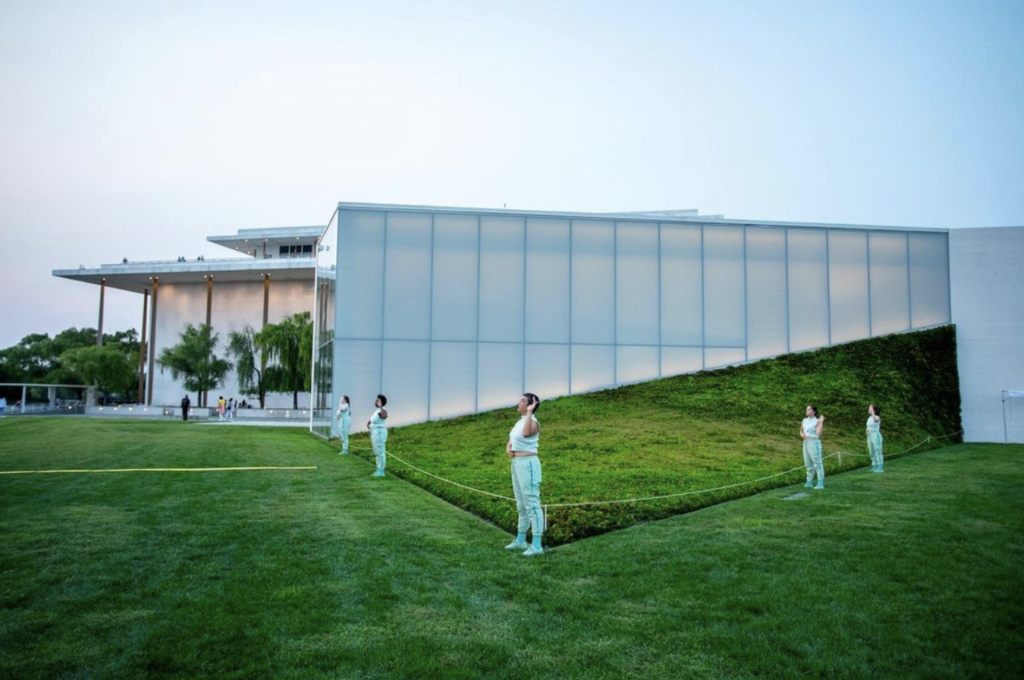Get a newsletter every other week from WPA
Join Our Mailing List
It’s a quieter month for us as we take vacations and breaks, water our gardens (and pray for rain), and work on all of our exciting plans for the fall.
For this month’s newsletter, Nathalie von Veh talked to Hayley Cutler, one of WPA’s two Summer R&D Artists-in-Residence about her choreography practice and what she is exploring in WPA’s archives in this summer.
Nathalie von Veh: Can you tell me a little bit about your choreography practice and the ideas you are exploring within it?
Hayley Cutler: My practice focuses on two things: the embodied matrilineal archive and how those living histories can devour physical space. The starting point is what already exists in the body, and what relationships already exist between collaborators, spaces, and culture. I am always asking the question “What does it look like for performing bodies to exist with their histories and their quirks outside of dance and theater magic? Aren’t our living archives, our bodies and our human ways of relating, interesting enough?”

NvV: What drew you to choreography and how did you get involved? What are some of your most memorable things that you organized?
HC: I knew I wanted to be a choreographer when I was 14 years old. Under the amazing mentorship of Gretel Schatz, I started exploring choreography at a much younger age than a lot of people get to. My entry point was always improvisation. I’ve always worked in a devised, embodied way and that’s due to Gretel. I choreographed a really bad dance to a Three Dog Night song when I was 15, and that was my first piece of choreography. I chose the song because of how it made me feel when my dad and I would listen to it together. It was then that I started to understand that I could mine my history—my nostalgia—to make a point about myself and, more importantly, the world around me.
From there, I kind of became obsessed with this idea of making dances that were incredibly authentic in that way; outside aesthetic expectations didn’t matter. I was interested in replicating exact feelings, smells, and tastes. Later, as a professional, I’ve been able to utilize and encourage that authenticity with collaborators, which is the most exciting thing. I’m pretty obsessed with understanding why I am the way that I am, and why I feel the way I feel in physical space. I love finding other people who are equally self-absorbed (haha).
I have found myself now—after 24 years of calling myself a choreographer and thinking that I’m somebody who makes dance—that it has evolved into a really collaborative thing where l want contributions from every single person I work with, from this same starting point of impossible-to-ignore nostalgia and embodiment. I have fun when I’m choreographing because I get to know my collaborators better. What I love about my work is that every single organic interaction that we have as human beings, sharing space together, tends to make it into the final form of performance. And that’s really exciting.

NvV: That’s beautiful. Your research this summer is thinking about site-specific performance. I attended a performance that you organized in the Bloomingdale neighborhood of DC in 2020—it was a roving performance project in different people’s houses and homes. With all this in mind, I’m curious about your relationship with sites, how you go about thinking about them, and how you activate a place with dance.
HC: I think about how public sites are so impersonal and private sites are so unseen. I always want to be inside of people’s homes. A long time ago I started this series called Tiny Dancers where in every apartment that I lived in, I would have a show. It’s all about the intimacy and the why of that space, right? Bringing people into my studio apartment and making them sit on my bed and then forcing them to look at me. It is like this ultimate layered experience of intimacy that I think is just really exciting. I love forcing people to really look at my body in performance and see every inch of my history in it, especially because my body is atypical in the dance space.
And again, it comes back to how people are witnessing me and my collaborators so deeply that they can’t not understand where we come from. In more public spaces, the idea is that people who maybe think deeply, and people who maybe look different, or have a different relationship to the self than any kind of norm are often uncomfortable and unwelcome in certain public spaces. So when I go to these places I’m really serious about how I develop a relationship with them. I do not make anything that isn’t in and of that space. I’m really serious about it. If I have to sit in the space for six hours and talk to it, I’ll do it. I think it’s about creating intimacy and confronting each other in public and private.

NvV: What are you researching this summer while in residence at WPA and what are you most excited to delve into?
HC: I’m researching site-specific dance happenings in WPA’s archive. I’m most interested in seeing where my desires and my work intersect with the work of my heroes, and learning the WHY with regards to performance locations in DC. I want to know why these people were in DC. I want to know why they built relationships with the sites that they built. I want to feel that relationship in some way, and keep it alive. The more that I understand myself, the more I feel honest about my dance and performance lineage. I’m excited to test myself and see what these happenings and moments bring up for me, and bring up for my community. I’ve been thinking about Steve Paxton a lot since he died this year. His work—and the work of his Judson Church peers—is really the basis for everything I do, because it is so steeped in the authentic body and has a relationship to site-specificity and site-necessity that is unlike any other dance form.
